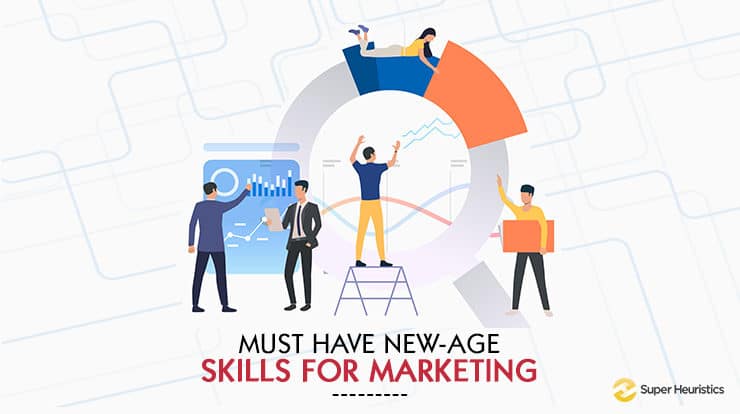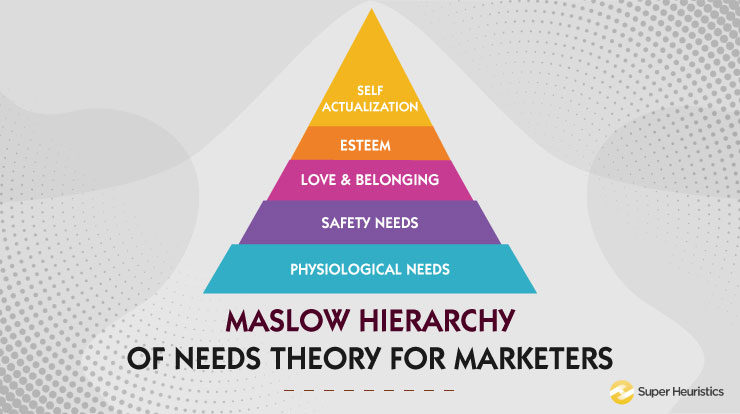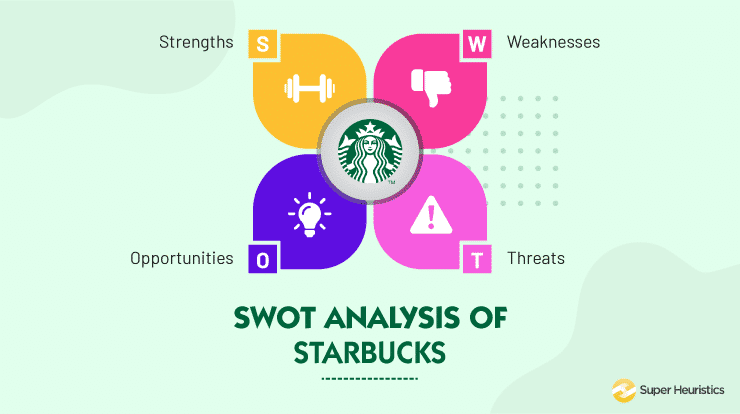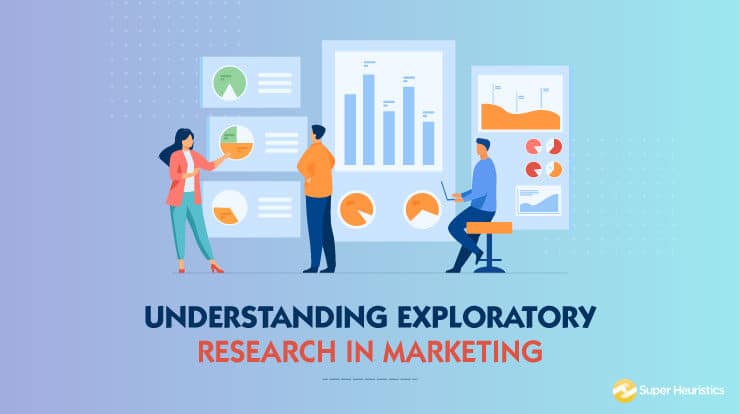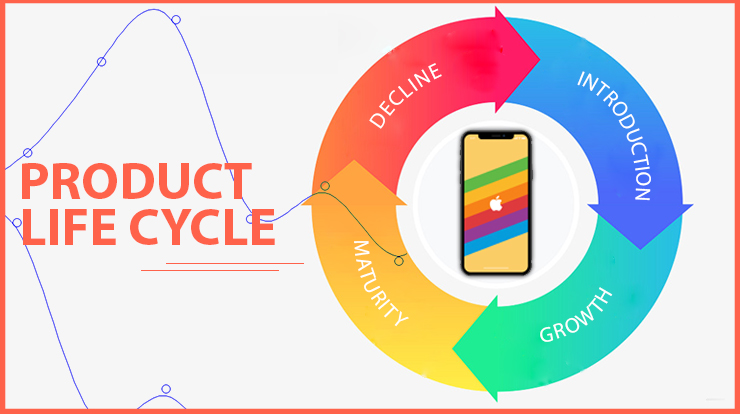
In this article, I will be telling you about the product life cycle of an Apple iPhone. I will also be sharing with you a product life cycle of an Apple iPhone PDF.
This PDF will tell you about how companies can benefit by understanding the product life cycle and how can they price accordingly. The product life cycle of an Apple iPhone is also used as an example in the article.
Before I tell you about the product life cycle of an Apple iPhone, let me tell you a bit about what is a Product.
Being a marketer, you may know what a Product is.
Also Read: Product Life Cycle of Apple iPod
‘Product’ is the most crucial part of the marketing mix. It is the first P of the marketing mix. To understand what a product is, one must realize the fact that a product is a mortal.
A product is born, it lives its life, does wonders (hopefully) and eventually dies (unless there is a product extension). This entire journey is called the product life cycle.
In this article, I explain to you the concept of the Product Life cycle, in detail, with the help of the example of an Apple iPhone.
Also, for each of the stages, there are certain Marketing strategies which you can use as a marketer.
I have again taken the example the product life cycle of an Apple iPhone and written a short e-Book. This e-Book talks about the various marketing and pricing strategies which you can use at each stage of the Product Life Cycle.
[cmtoc_table_of_contents]
Product Life Cycle of Apple iPhone
Often you would have seen new products coming into the market. These products gradually evolve, receive their share of market acceptance and then eventually vanish from the market.
Sure, many products, which are decades and decades-old may still not have vanished from the market. These are some long-living legends that are unique. However, even these products, as they are today, are not the same as they were years back.
There is a continuous evolution happening, a product lives its life, develops, grows old and naturally doesn’t remain the same forever.
Also Read: Deciphering Porter’s Five Forces with the help of Apple iPod
Product Life Cycle (PLC) is a sequence of stages through which products pass. It outlines the typical journey traversed by a product in its lifetime right since the time it is introduced in the market to the time phases out.
The Product Life Cycle Model was introduced in the 1950s but remains relevant even today, even though people have started producing their own variations of this model.
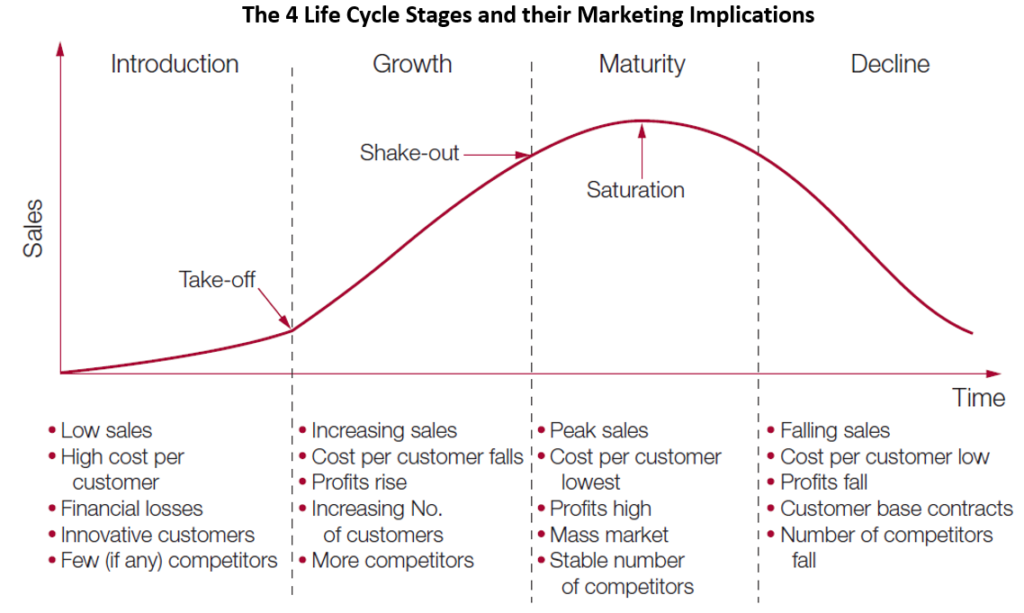
Essentially, each stage in the product life cycle is a function of two things – Time on the X-axis, and Sales on the Y-axis.
Introduction Stage of an Apple iPhone
This is the stage wherein a product is introduced to the market. Usually, the prices are kept as low as possible to capture the maximum market share.
However, this is only in the case of mass products.
In the case of high-end products like the Apple iPhone, the strategy is different.
In the Introduction Stage of the Product Life Cycle of Apple iPhone, the price is kept high so as to maintain the exclusivity of ownership.
iPhone users wouldn’t prefer everyone owning an iPhone, that’s why the price is so kept so as to attract only a premium segment of the audience.
During the introduction phase, advertising, sales & marketing costs are usually high. Coupled with low prices, this results in a period of negative profitability/loss for the company.
The first part is true for the iPhone as well.
In order to hold Keynote conferences, create advertising and marketing campaigns, it has to spend a lot of money. And therefore in the Introduction stage of the product life cycle of Apple iPhone, the company doesn’t make profits right from the first day.
iPhones in the Introduction stage, as of November 2018 are – iPhone XS and XR
Growth Stage of Apple iPhone
By the time a product enters the growth phase, the audience has already started building a certain affinity towards it.
This is the time when product quality is maintained well so as to not let the audience down.
As far as marketing is concerned, firms start spending more money on marketing now in order to both reach out to a wider audience as well as to become a top-of-the-mind brand among the primary target group.
Because of the product, its reviews, and marketing activities, the sales are expected to pick up sharply in the growth stage.
In the case of Apple iPhone, every subsequent launch gets in some more sales and adds to the overall sales volume.
Here, we are considering the iPhone as a whole, but if we were to delve deeper, we will realize that every iPhone model is at a different stage of the product life cycle of Apple iPhones.
The one in the growth stage will be the predecessor of the latest model, i.e. iPhone 8, 7 and its variants. The latest one will be closest to the introduction, the middle ones closer to maturity, and the earliest ones closest to decline.
iPhones in the Growth stage, as of November 2018 – iPhone X
Maturity Stage of Apple iPhone
During this phase, the rate of increase in sales may decline but the overall sales are maintained at a certain level.
By this time, many competing products enter the market. Some of them may be genuinely good products, whereas some of them will be a replica of your own product.
Currently, the mid-generation of iPhones such as the iPhone 8 will be in the maturity stage where sales have stabilized more or less.
iPhone in the Maturity stage, as of November 2018 – iPhone 8
Decline Stage of Apple iPhone
By this time, the audience moves on to better things in life. They are no longer interested in your product because they offer nothing new as compared to other products that are currently in the introduction or growth phase.
A product in the decline phase has become technologically obsolete.
Most common Product Life Cycle management tactics implemented by brands to make the most out of their product during decline include lowering prices, removing after-sales support to reduce marketing and personnel costs, or discontinuing the product.
iPhones in the Decline stage, as of November 2018 – iPhone 6, 7 and 7 Plus
Also Read: Product Life Cycle of Apple iPod
E-Book on Product Life Cycle and Marketing Strategies

While we discussed the situation of each iPhone model in the product life cycle of Apple iPhone, the graph above gives a feel of the product life cycle of the iPhone as a product.
As I mentioned above, different companies will use different marketing strategies. And if you ask me, a crucial marketing strategy is in the pricing of the product across the stages.
Also Read: How to Price your products – The Fundamentals
I have written all about it in my e-book on Pricing and Marketing Strategies across Product Life Cycle Stages. I have explained it with Apple iPhone as an example at places. You can download it from here.
You can download this e-book and learn more about how to price your product in different stages of the product life cycle.
Once you do download the e-book, do let me know how you liked the theories and examples. This e-book has ready to implement strategies.
Proof – How Google Search Trends correlates with iPhone’s Product Life Cycle!
My research for this article brought me to an interesting infographic on Linkedin. Here’s an overall trajectory of iPhone as a whole, right from its first variant up to the launch of iPhone 6 in 2015 as seen on Google Search:
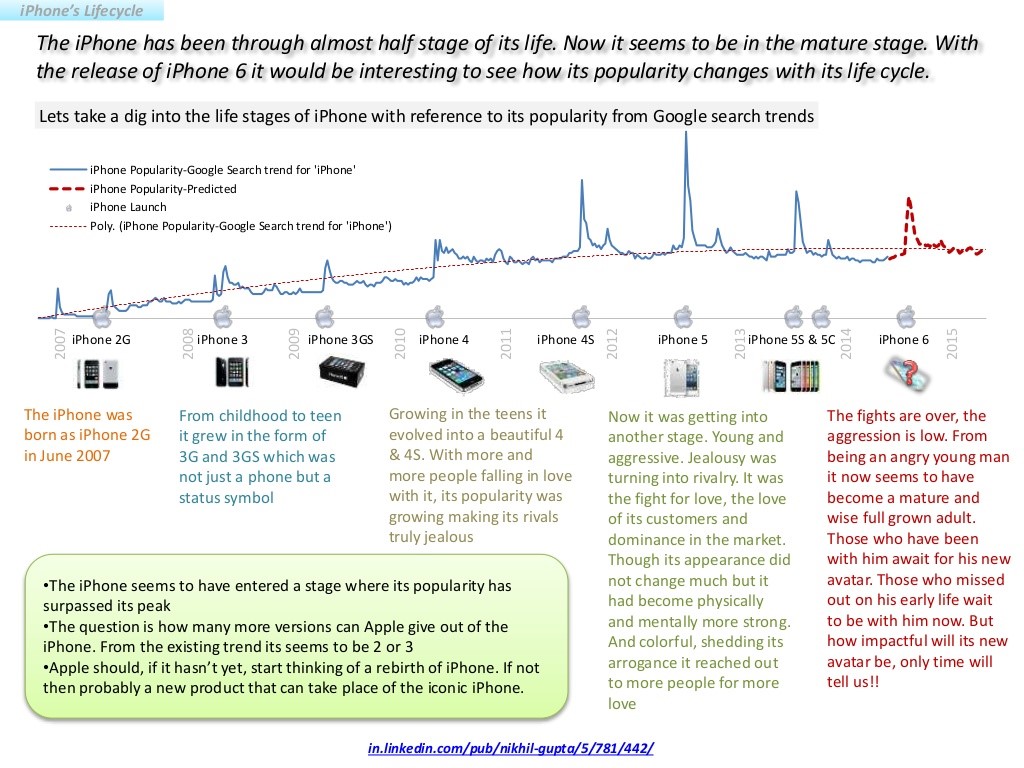
As we can see, the searches have kept increasing from iPhone 2G up to iPhone 6. If we extend this data to the current iPhone X, the searches will be at its peak, which will also be the highest point of the maturity stage.
It’s only a matter of time before a new technology emerges that’s fancier than the iPhone, and as prestigious to own, thereby substituting the iPhone.
Also Read: But really, what is Marketing?
Who knows, it might simply be a product by Apple itself, who might want to take stock of the situation and innovate before iPhone starts entering the decline phase.
And I am sure if Apple really gets to innovating, it can stand out. As Seth Godin says in the Purple Cow, “In a crowded marketplace, fitting in is failing. In a busy marketplace, not standing out is the same as being invisible”

